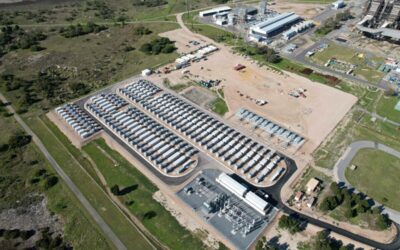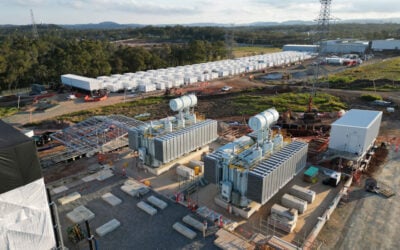Energy storage deployment in the US grew 243% year-on-year in 2015 and is expected to reach 1.7GW annually by 2020. Image: Portland General, flickr.
The US energy storage market grew 243% last year, making 2015 the biggest year of any on record for storage, according to GTM Research.
GTM is also forecasting positive growth out to 2020, with the annual market set to reach 1.7GW by that time and be worth some US$2.5 billion.
According to GTM’S ‘US Energy Storage Monitor 2015 Year in Review’ report, deployment in 2015 reached 221M, with 112MW of that being installed in the fourth quarter.
That quarterly total represented more than the total of all storage installed in the US in 2013 and 2014 combined. In 2014 total deployment reached just 65MW.
Try Premium for just $1
- Full premium access for the first month at only $1
- Converts to an annual rate after 30 days unless cancelled
- Cancel anytime during the trial period
Premium Benefits
- Expert industry analysis and interviews
- Digital access to PV Tech Power journal
- Exclusive event discounts
Or get the full Premium subscription right away
Or continue reading this article for free
The report breaks down the market into three segments: residential, non-residential and utility. The utility or so-called front-of-the-meter segment accounted for 85% of all deployments in 2015, GTM said. Most of these deployments were in the PJM market, where over 160MW of energy storage systems went online in 2015.
Deployments in residential and non-residential, or so-called behind-the-meter segments, were much smaller, but GTM noted that these segments saw 405% year-on-year growth in 2015.
Hawaii led the residential market for the year, while California was the leader in non-residential storage.
GTM predicts that the annual deployment of storage in the US will cross the 1GW threshold in 2019, before climbing to the 1.7GW it predicts annually by 2020.
“We can look back at 2015 as the year when energy storage really took off,” said Ravi Manghani, GTM Research senior energy storage analyst and author of the report. “While most of the growth was limited to a single wholesale market of PJM, we expect growing interest for storage in several markets.”
“Energy storage is changing the paradigm on how we generate, distribute and use energy. With exponential growth predicted over the next couple of years, energy storage solutions will deliver smarter, more dynamic energy services, address peak demand challenges and enable the expanded use of renewable generation like wind and solar,” said Matt Roberts, executive director of the Energy Storage Association (ESA), adding, “The net result will be a more resilient and flexible grid infrastructure that benefits American businesses and consumers.”





